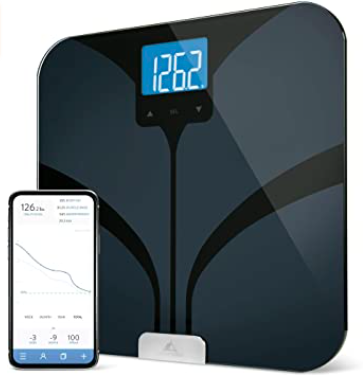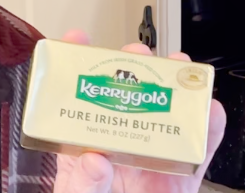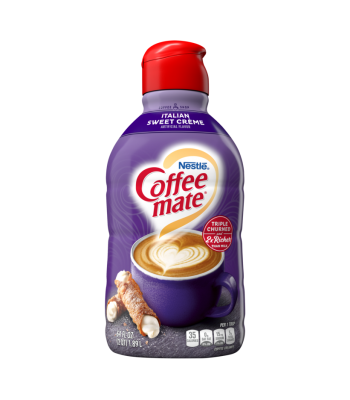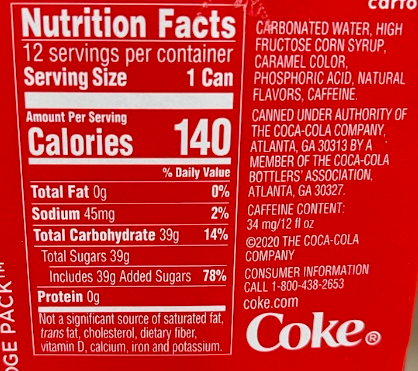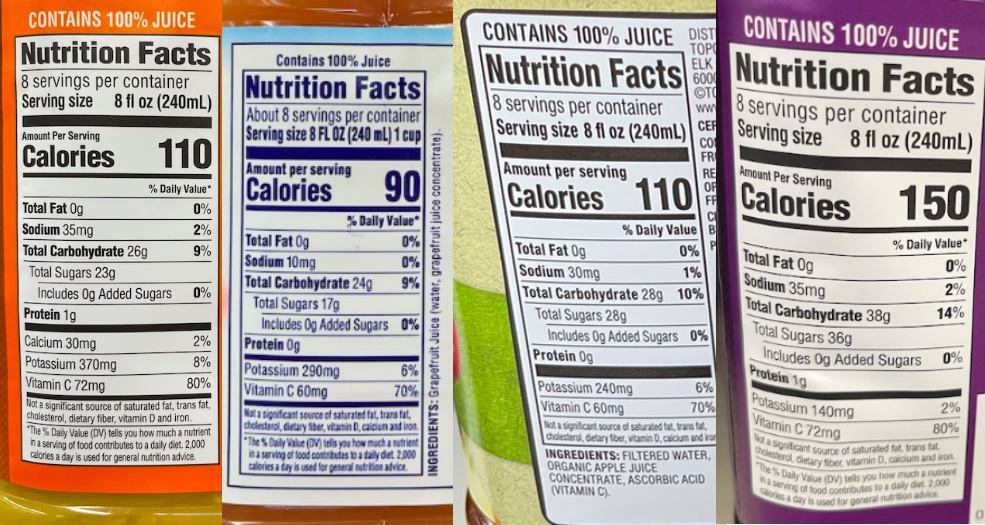That’s the question posed in this discussion featuring one of my top Health Sherpas, Dr. Jason Fung, in an interview related to his new book, The Cancer Code, with Dr. Mark Hyman, a functional medicine physician and host of The Doctor’s Farmacy podcast.
Dr. Fung is among the five physicians who have been most influential for Lisa and me. From The Obesity Code to The Diabetes Code to The Complete Guide to Fasting to Life in the Fasting Lane, his books share common themes:
- Insulin is the hormone that causes your body to store fat.
- While other macronutrients cause some insulin response, sugar, starches and highly processed carbohydrates cause blood sugar (and insulin) spikes, and our continuous snacking means blood insulin levels are perpetually high.
- This condition, called hyperinsulinemia, causes weight gain, often leading to obesity and Type 2 diabetes.
- Giving patients with Type 2 diabetes increasing doses of insulin to manage blood sugar causes them to gain even more weight, making the problem worse.
- Obesity increases the risk of many cancers, including breast, prostate and colon cancer. Insulin, with its growth-promoting properties, seems to encourage the uncontrolled growth of cancer cells.
- Intermittent fasting, time-restricted eating or even fasts of a day or more create periods of lower insulin levels in the blood, which enables your body to begin burning the fat you’ve stored. Fasting regimens may have some cancer-prevention benefits, too.
I have spent hours listening to Dr. Fung’s books on Audible, many of them more than once, and we also have the print edition of some of them. He has had great insight into dietary and lifestyle contributors to disease, and also is an excellent communicator to a lay audience.
Setting aside one hour to watch this video would be a great investment for you.
If you think your friends might find this post helpful, I hope you’ll share by email or on your social networks using the buttons below.
You can subscribe by email, and I’ll also post links on Facebook, Twitter and LinkedIn.
